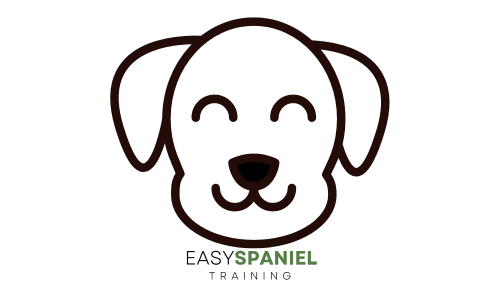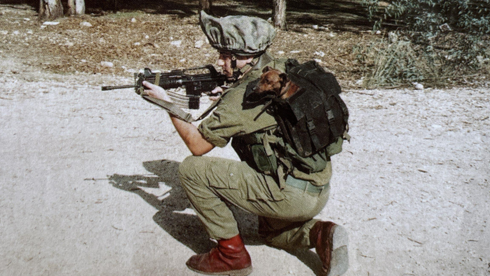In Operation Wild Landscape in 1997, a dog named Clay managed to locate terrorists, and IDF forces killed them. The bodies were brought back to Israel, and one of them turned out to be that of Hadi Nasrallah, son of Hezbollah Secretary General Hassan Nasrallah. Clay’s bite marks were found on the body. The Oketz fighter and his dog received a certificate of appreciation from the commander of the Egoz unit, which led the operation.
10 View gallery
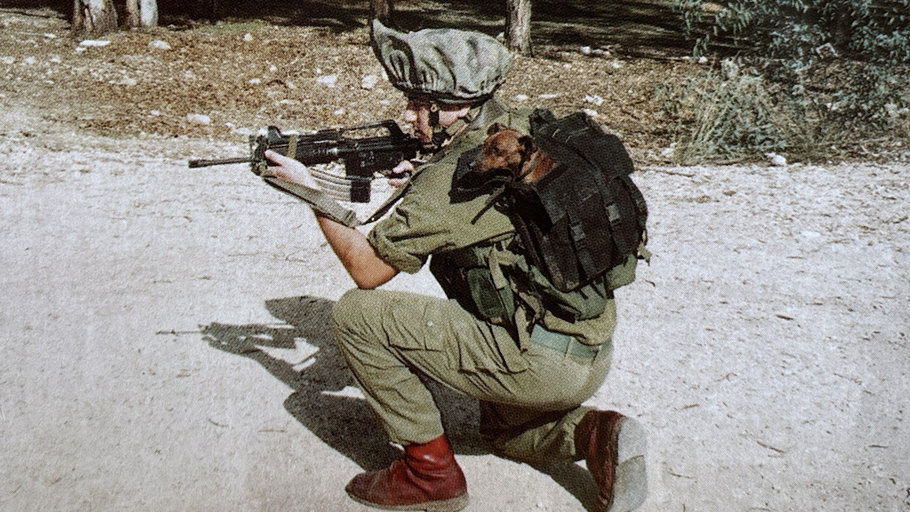

The experiment with miniature pinschers in the early days of Oketz
(Photo: Oketz archive)
This story of the dog that bit Nasrallah’s son is just one of the stories revealed in the book “The Ones Who Lead the Way” (Yedioth Books), which presents selected stories from the history of Oketz. The book was written by graduates of the elite unit, Yakir Hajaj and Leah Lahavi, who embarked on a joint mission to document the military heritage of Oketz.
The book’s photographs include the original Oketz founding team from 1974.
Hajaj, 33, worked with dogs from the age of 10. He discovered Oketz through its veterans, fell in love with the idea of working with dogs in a military unit and set it as his goal. When he served in Oketz, the peak of his military ambitions, he was surprised to find that the unit did not have a structured archive or organized historical record. Knowledge was passed down orally among older service members. He began to collect stories, photos and information about the unit in the early 2000s, as material slowly emerged online.
10 View gallery
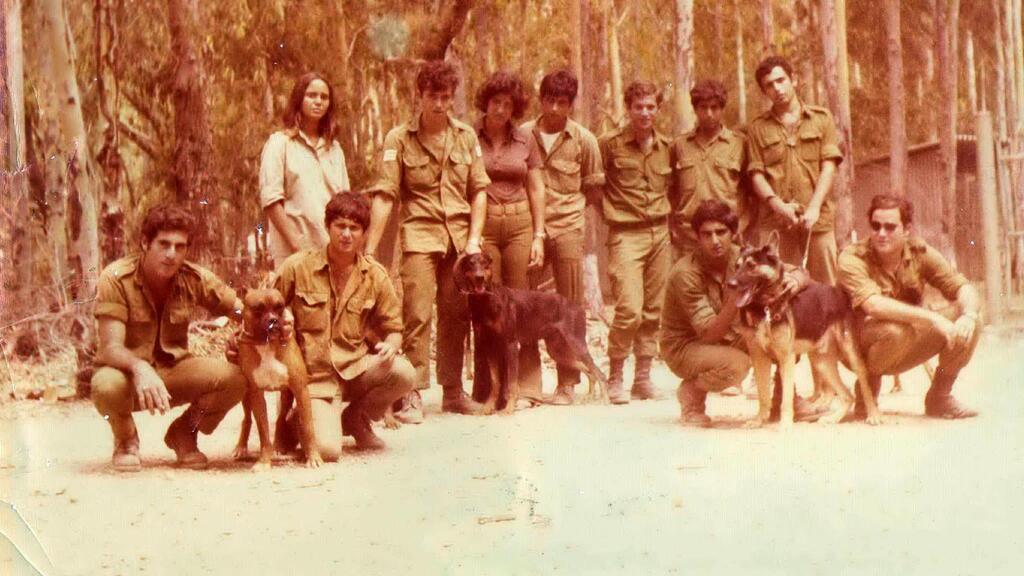

The founding team of the Oketz unit, 1974
(Photo: Oketz archive)
The gathering of information became an obsession, and the obsession became a book. He wrote it together with Lahavi, 35, also a former Oketz fighter. Their initial goal was to preserve the unit’s heritage, but over time they realized they had enough rich material for a full book accessible to the general public.
When most people think of Oketz dogs, they imagine Belgian Malinois and German Shepherds. But in the 1990s, there was an unexpected attempt to integrate a miniature pinscher team into the unit.
“One of the female fighters had a pinscher and she was in touch with a breeder from Ein HaHoresh. She brought the dog to the unit at a time when it felt like a small kibbutz, with dogs sometimes roaming freely, playing with us and even sleeping in the rooms. The vibe was completely different back then,” Hajaj recalls.
10 View gallery
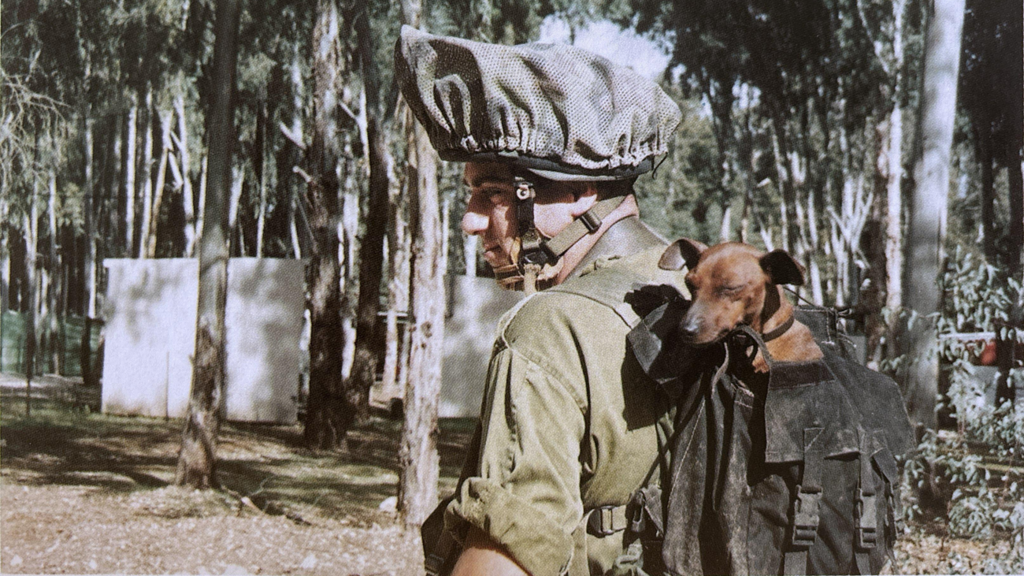

Over time, the unit discovered that pinschers are excellent guard dogs. They do not scare intruders, but they are alert, bright and react immediately to movement or sound. They warn of someone approaching with quick barking. The idea evolved into an operational concept and was used a few times. The experiment did not last long, but Oketz continues to be active and central in IDF operations. For example, an Oketz fighter joined Sayeret Shaldag in Operation Many Paths in Syria last year, during which IDF forces raided an underground factory belonging to Iran’s Revolutionary Guards for the production of precision missiles.
Many dogs have been killed in combat, creating deep personal and operational loss. The unit holds unique burial ceremonies for dogs that die, reflecting the profound bond between fighters and their dogs.
“It is a personal and operational loss,” Lahavi explains. “A trained dog can save hundreds of lives, as we saw in this war and the operations that took place throughout it. From a veterinary standpoint, there were challenges. Medics sometimes refused to use medical equipment on dogs, and when fighters obtained equipment, they did not always have the knowledge to use it properly. Over time, we learned that we needed to be able to treat the dogs ourselves.”
During this war, the unit’s veterinarian has entered combat zones when needed and participates in evacuations of wounded dogs. In one operation, a dog was left wounded in the field, and the Oketz team insisted on returning for him. They provided first aid until reaching the veterinary ambulance. The dog was named Pumba.
10 View gallery
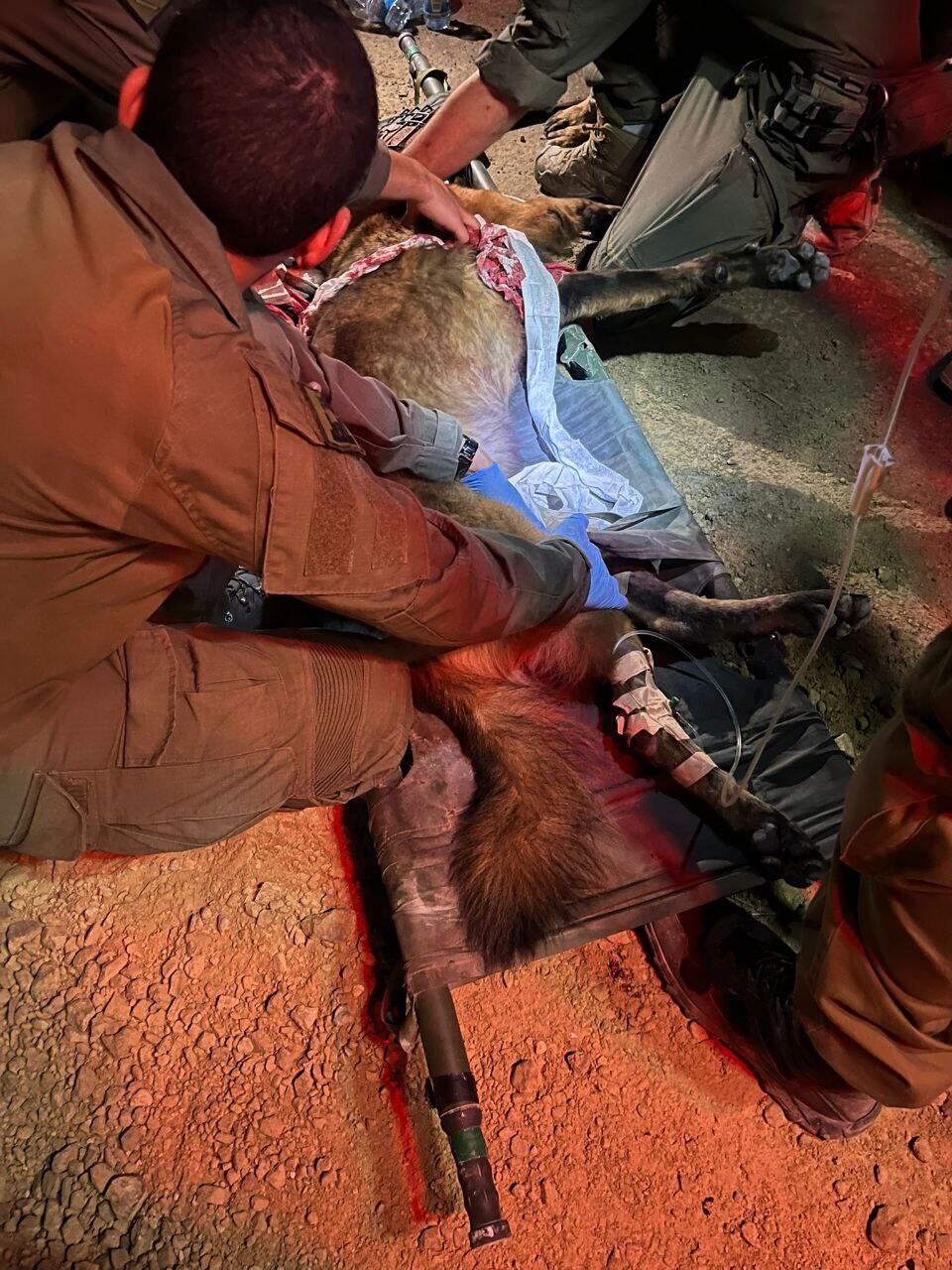

Treating wounded Pumba
(Photo: IDF)
The book chronicles gripping stories from the unit’s past, including the wounding of Nahmi Feinblatt near Beaufort in 1997. A Hezbollah explosive device hidden near a village targeted Feinblatt and his dog Linda. Both were wounded when Hezbollah militants remotely detonated the bomb. Feinblatt later wrote “A Military Dog Handler’s Story,” one of the earliest works about Oketz.
Lahavi began collecting information on the history of Israeli canine security in 2009, before Hajaj enlisted. She specialized in the early history of Oketz dating back to the Haganah, while Hajaj focused on the unit’s more recent history. Their work continued for 16 years, slowly, in their free time, as they interviewed hundreds of fighters and commanders.
Pumba during rehabilitation
Hajaj recalls expecting to find a heritage room filled with organized material. Instead, he found a small, dark storage room with broken lights and a few binders. Only later did he discover that many of the documents had been collected and brought to the unit by Lahavi from external archives, including the IDF Archive and the Haganah Archive.
Because Oketz fighters often operate alone with their dogs, many historical events were known only to the individual who experienced them. Collecting the unit’s history required tracking down each person directly.
The stories include dramatic rescues and failures that led to lessons learned. Among them is the story of Amstel, a dog who saved the lives of soldiers in 2000 when a bomb detonated during a sweep. In the Versailles wedding hall disaster, an Oketz dog located a woman alive in the rubble. The book revisits the unit’s work in Hamas tunnels, the dog Arik who helped piece together the aftermath of Hadar Goldin’s abduction and many other moments shaped by canine instincts.
10 View gallery


Nahmi Feinblatt and his dog Linda in 1997
(Photo: Zechi Feinblatt)
One of the most striking early events described is the 1991 Neve Or incident. Oketz was called in after terrorists infiltrated and hid in an orchard. Oketz fighters worked with Sayeret Matkal, but at that time the dogs were not trained for open terrain searches. They were trained for buildings. The operation was unsuccessful, and from that failure emerged a new capability: training dogs for open-area searches. Today this is one of the unit’s most important functions.
Hajaj describes Oketz as a form of professional academy. In 2014, during Operation Brother’s Keeper, his dog Starky located weapons, which he considered a professional achievement. In Operation Protective Edge that same year, he did not enter Gaza because his dog suffered heatstroke during staging and was unable to continue. Without a dog, an Oketz fighter cannot operate. Another fighter went in with a different dog.
10 View gallery
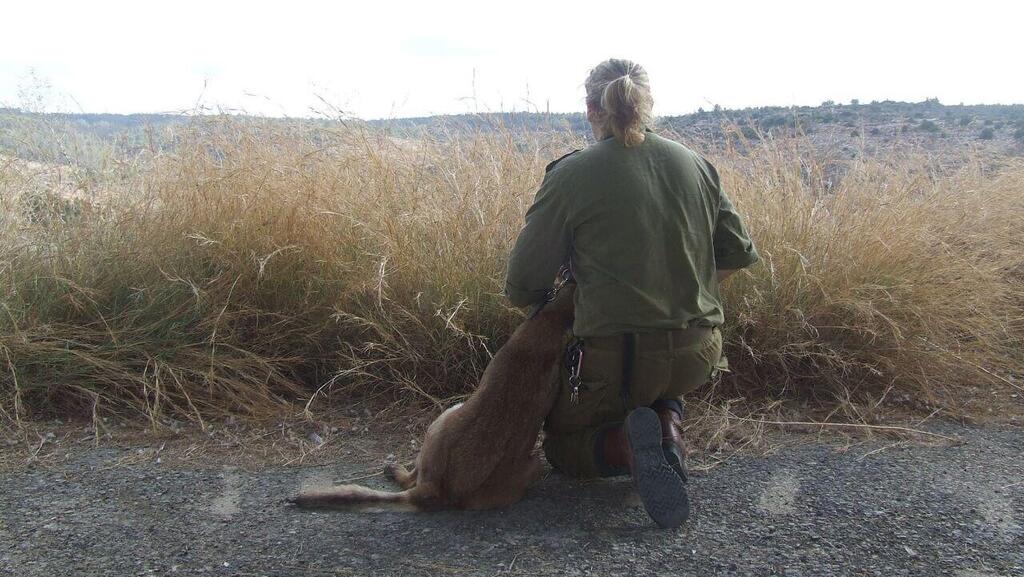

Unlike most IDF units, where the team forms the soldier’s core group, Oketz is built on solitary training. From the moment a fighter receives their training dog, they train alone. This shapes service in a deeply individual way. Many fighters have experienced major events entirely alone with only their dog, making it hard for others to reconstruct operations without interviewing the specific fighter involved.
10 View gallery
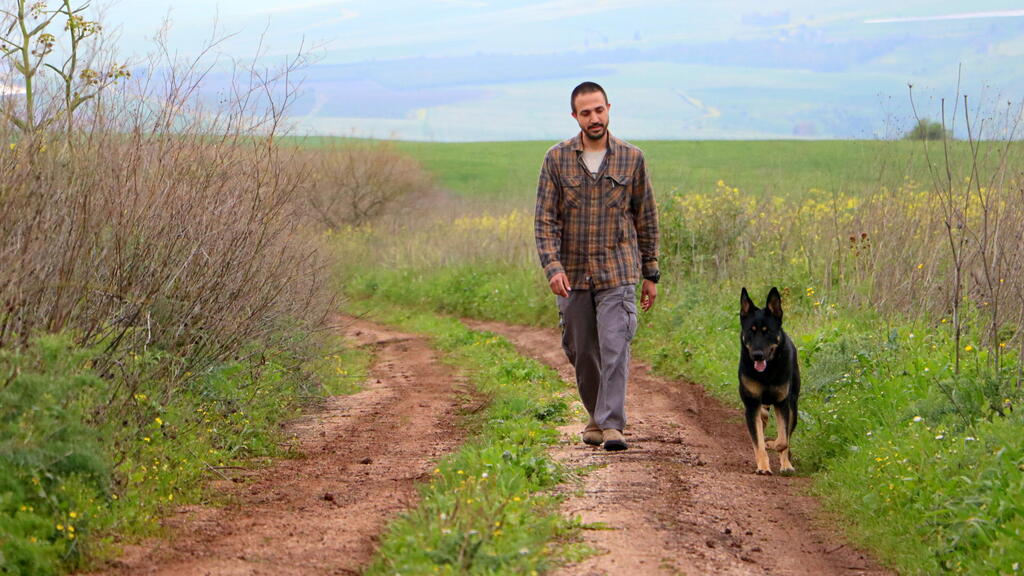

“There is no substitute for dogs,” Hajaj says. “A fighter cannot do what a dog can do. We saw this in countless cases. For example, Marwan Malluha in 1993. The dog handler entered a house after a Shaldag team had already searched it and found nothing. The dog immediately barked at a blank wall. They broke the wall and found two pairs of terrorists hiding inside a double wall. There is simply no substitute. Even today, with all the technology, robots cannot match what dogs can do.”
The bond between fighter and dog is profound. The dog is the fighter’s only partner during training and operations, which also raises moral questions.
10 View gallery
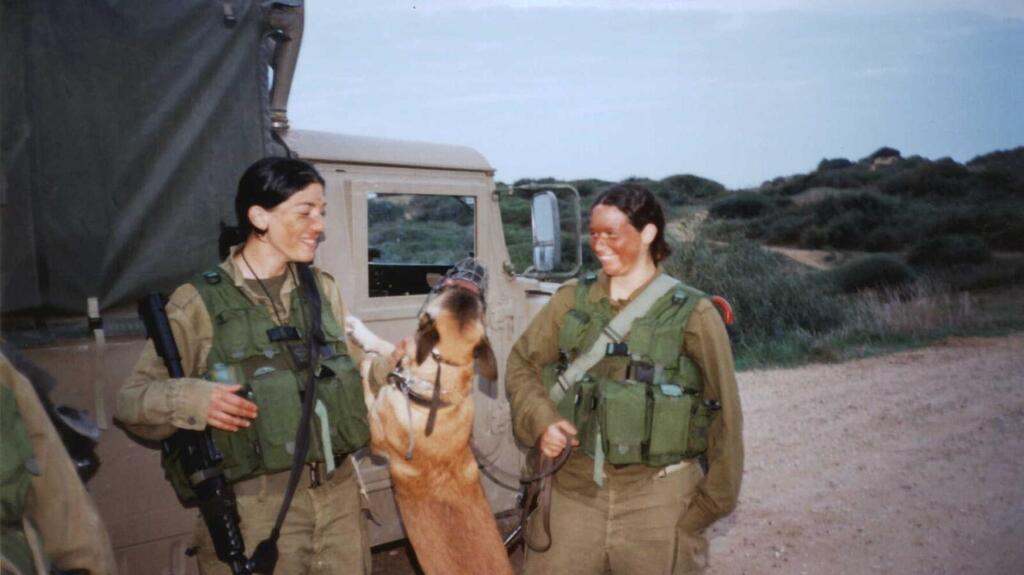

“It is not simple to send a dog into a dangerous place where he might be killed or wounded,” Hajaj says. “But if the choice is between a dog’s life and a human life, I will choose the dog’s life to save a person. These dogs do not have mothers who will mourn them. If I can spare a family that knock on the door, I will. But dogs are not sent to die. They are not sent into a house where we know armed terrorists are hiding, because then the dog has no advantage. They are sent when we do not know if someone is inside. In those situations their speed, instincts and senses give them a major advantage.”
10 View gallery
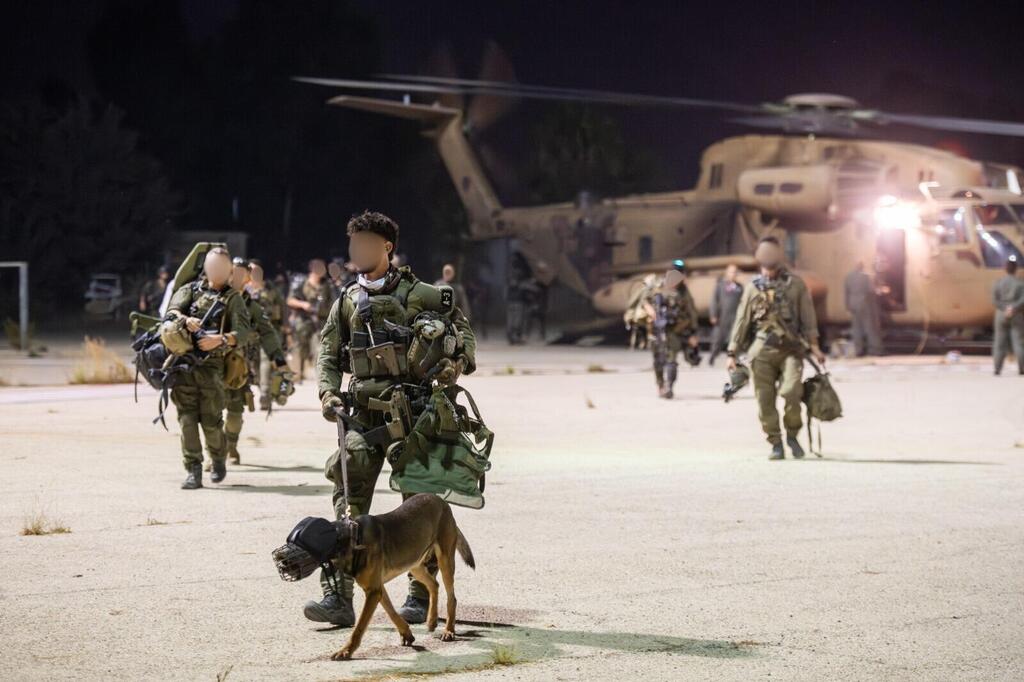

Returning from an operation in Syria
(Photo: IDF)
The book also highlights breakthroughs related to gender. One striking revelation is that in Operation Pesach Trip in 1992, an Oketz female fighter took part with a rescue dog, a rare event in those days. Her participation reflected the unit’s core principle that professional and operational truth outweighs gender considerations. Lahavi explains that Oketz began using female fighters first in disaster search roles and later in offensive missions, which was groundbreaking at the time.
Lahavi feels a special sense of mission. “I always felt that if people knew more about our special unit, the first of its kind in the history of the Jewish defense forces, it would contribute significantly to our heritage and identity. People should know where they came from.”
10 View gallery


